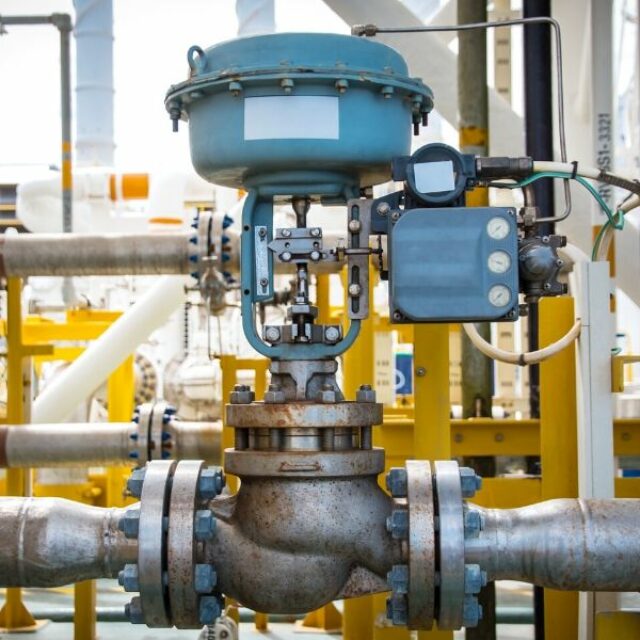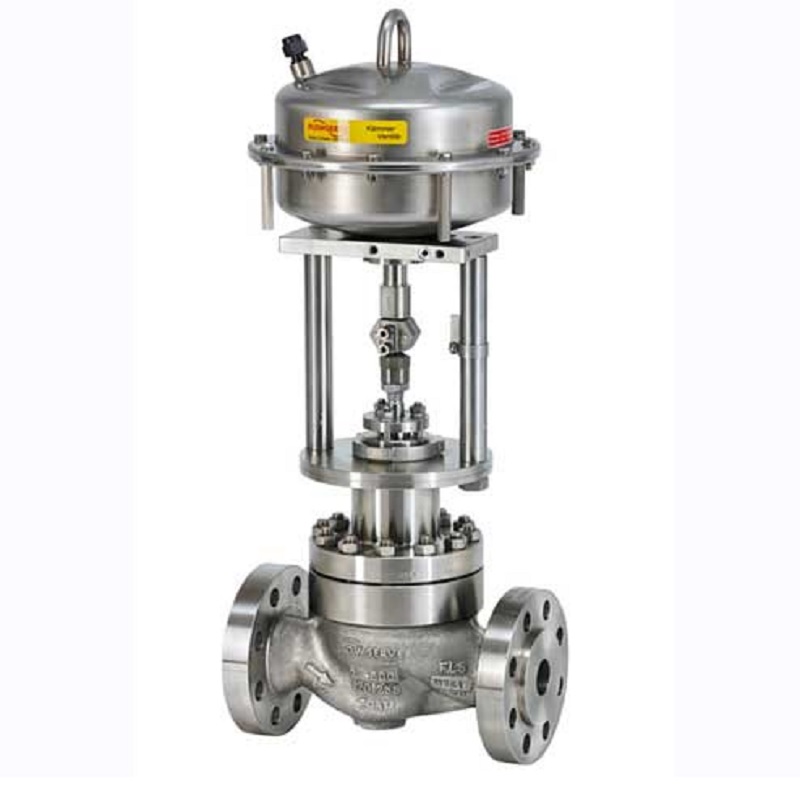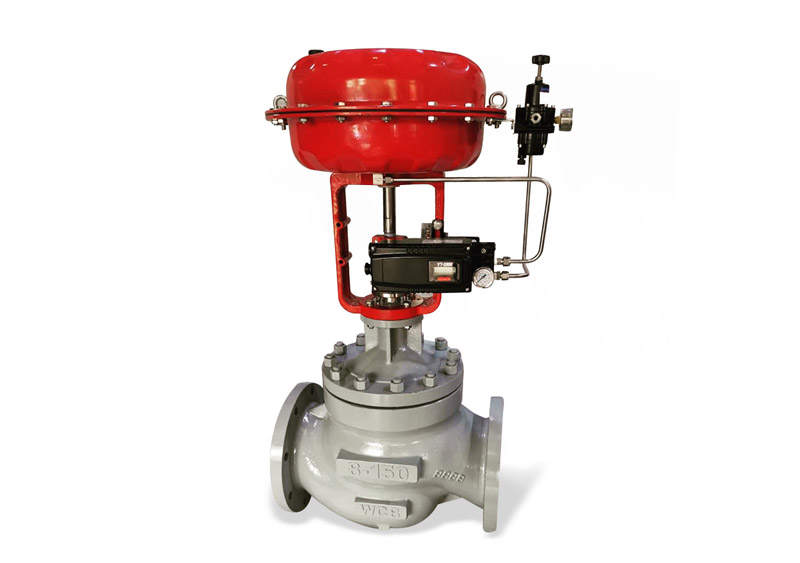Enhancing Functional Effectiveness with Advanced Control Valves
Enhancing Functional Effectiveness with Advanced Control Valves
Blog Article

Maximize Energy Financial Savings and Comfort With Advanced Building Automation Controls
In the realm of modern-day design and center monitoring, the integration of sophisticated building automation controls stands as a critical improvement. By using the power of automation, structures can adapt, react, and progress in means that were as soon as unbelievable.
Power Performance Perks
Energy performance advantages can substantially minimize energy consumption and functional expenses in structures. By executing energy-efficient practices and modern technologies, structure owners and operators can achieve significant cost savings while additionally adding to environmental sustainability. One of the key benefits of enhancing power efficiency in structures is the reduction of energy bills. Energy-efficient systems, such as sophisticated building automation controls, can enhance the use of sources like cooling, heating, and lights, causing reduced energy expenditures in time.
Additionally, improved energy efficiency can extend the life-span of building tools and systems. By operating extra efficiently, HVAC systems, lighting fixtures, and other structure parts experience much less damage, resulting in minimized upkeep and replacement prices. In addition, energy-efficient buildings usually command greater residential property worths and rental rates, offering long-lasting monetary benefits to owners.
Additionally, power efficiency can boost occupant comfort and productivity. Properly regulated interior environments with optimum lighting and thermal problems develop an even more positive and helpful work space, leading to improved employee complete satisfaction and efficiency. Generally, the power effectiveness benefits connected with innovative structure automation controls are diverse, including expense financial savings, ecological stewardship, and owner wellness.
Improved Convenience Control
Enhancing comfort control in building atmospheres needs a sophisticated assimilation of sophisticated automation systems for ideal passenger well-being. By utilizing innovative structure automation controls, facilities can customize the indoor environment to meet the certain needs and choices of occupants. control valves.
By integrating these sophisticated controls, structures can not just enhance convenience but likewise enhance power efficiency by enhancing system procedures based on actual occupancy and usage patterns. Eventually, focusing on resident convenience via advanced automation systems leads to a much more pleasurable and much healthier indoor atmosphere.
Functional Efficiency Improvements

In addition, the implementation of real-time monitoring and analytics devices makes it possible for structure drivers to recognize energy inadequacies and operational abnormalities immediately. By continually checking energy usage patterns and system efficiency metrics, modifications can be made in real-time to maximize power usage and guarantee peak functional efficiency. control valves. Additionally, incorporating demand reaction strategies right into building automation controls can even more enhance functional performance by dynamically adjusting power use based on grid conditions and rates signals
Indoor Climate Optimization
Effective indoor climate optimization is a basic aspect of structure automation controls, making sure residents' convenience and wellness while optimizing energy cost savings. By making use of innovative sensing units and controls, constructing automation systems can continuously readjust and keep an eye on temperature level, humidity levels, air quality, and ventilation to develop an ideal indoor atmosphere. Keeping regular and comfortable problems not just boosts he has a good point resident satisfaction yet additionally increases performance and total health.
Indoor climate optimization additionally plays an essential duty in energy performance. By fine-tuning cooling, home heating, and ventilation systems based upon real-time information and tenancy patterns, developing automation controls can substantially minimize energy consumption - control valves. As an example, applying strategies such as demand-controlled ventilation and thermal zoning can aid minimize power waste while making certain that each location of the structure receives the necessary conditioning.

Lasting Environment Creation
Building automation regulates not only optimize indoor climate conditions for power effectiveness and owner comfort yet also lay the foundation for creating a sustainable atmosphere via calculated management of resources and systems. By incorporating innovative building automation modern technologies, such as sensors, actuators, and intelligent software application, centers can keep track of and change energy use in real-time to minimize waste and decrease their carbon footprint. These systems allow anticipating maintenance, identifying prospective problems prior to they escalate and optimizing devices performance to enhance durability and efficiency.
Moreover, sustainable environment development prolongs beyond energy monitoring to incorporate water conservation, waste decrease, and interior air quality improvement. Structure automation controls can control water use, detect leaks, and make sure correct garbage disposal best site methods, adding to overall sustainability initiatives. In addition, by checking and regulating air flow and purification systems, these modern technologies boost occupant health and productivity while lowering power consumption connected with heating and cooling procedures.
Final Thought
Finally, advanced building automation regulates offer significant benefits in regards to power financial savings, convenience control, functional efficiency, indoor environment optimization, and producing a lasting setting. By executing these controls, buildings can achieve optimal performance while reducing power intake and boosting occupant comfort. It is noticeable that using innovative automation technology is crucial in boosting structure efficiency and producing a much more sustainable future.
Power performance advantages can substantially lower power consumption and operational expenses in structures. In general, the power performance benefits linked with advanced structure automation controls are multifaceted, including cost original site savings, ecological stewardship, and passenger health.
Furthermore, integrating need reaction strategies into building automation controls can additionally improve functional performance by dynamically readjusting power use based on grid conditions and rates signals.
Building automation manages not only optimize interior environment problems for energy performance and resident convenience yet likewise lay the structure for creating a lasting atmosphere via tactical monitoring of systems and sources.In conclusion, advanced building automation manages deal considerable benefits in terms of energy financial savings, comfort control, operational performance, indoor environment optimization, and developing a sustainable environment.
Report this page